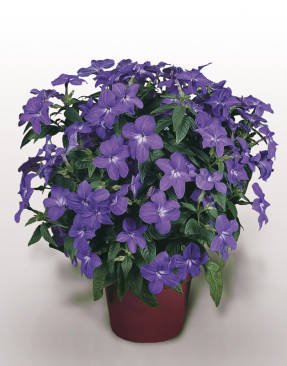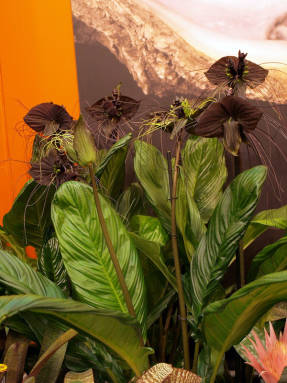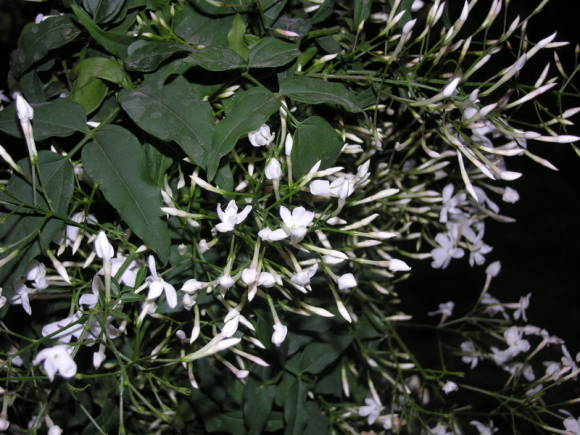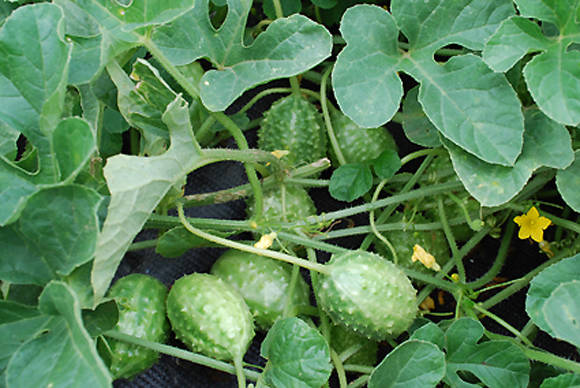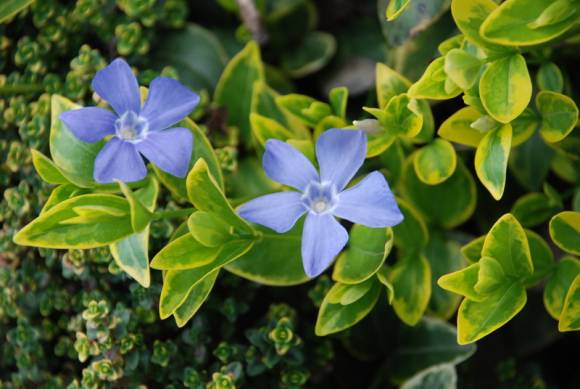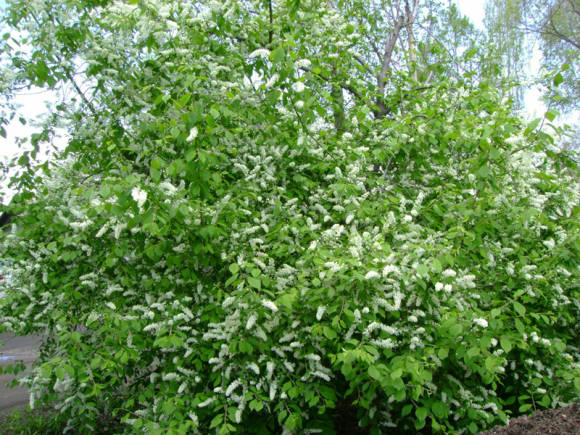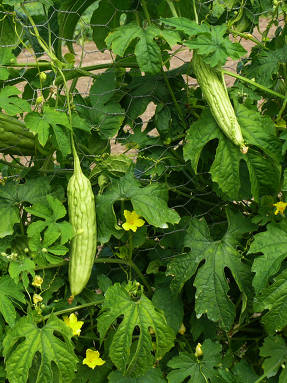
At the beginning of June, we almost everywhere observe nibbling of young growth in spruce trees. Moreover, young, well-lit trees, detached, located on the edges, glades, along the edge of plantings, suffer most of all. The most severely damaged are the apical shoots, which are well lit and develop earlier than others. This damage is caused by the development and feeding of larvae common spruce sawfly.
An adult insect looks like a small dark-colored bee. Only a specialist can accurately determine it. In the spring, in late April - early May, adult insects hatch from pupae in the litter (pine needles, moss under trees ...). For some time they fly in search of a plant on which to lay their eggs. First of all, the apical shoots of spruces are populated, as the most illuminated and developing earlier than others. Females lay up to hundreds of small eggs in the bites on the needles. After 5-7 days, depending on the weather and temperature, the larvae appear. The size of young larvae is about 0.5 mm. It is quite difficult to see them on young shoots with the naked eye.
The sawfly larva is called a false caterpillar for its external resemblance to the caterpillars of butterflies. A very small larva gnaws young needles and, as it grows, moves to the end of the shoot. At first, the needles are gnawed only partially, and the larger the larva, the stronger the gnawing - at the end of the shoot, only stumps remain from the needles. Browning of the gnawed needles appears after a week or another, depending on the weather conditions, because of this, the diagnosis of the pest occurs with a week's delay, when most of the shoots have already gnawed needles and damage is guaranteed to appear regardless of the treatments upon the appearance of the first yellowing.

Nibbling does not affect the buds on the new growth and shoots develop from them for the next year, which will be repopulated for the next season. Mass gnawing of needles, repeated from year to year, can weaken the tree. Sawfly larvae molt several times as they mature, reaching a size of 10 -20 mm. The adult larva falls to the surface of the soil and goes into the litter of needles or under the moss. The larvae spend the whole winter under the fir trees and pupate in the spring. The cycle is repeated with the departure of adult sawflies.

If damage does not capture most of the young shoots, then this is not fatal for the spruce - the shoots will recover the next year. The fight against this pest is not difficult - the treatment of young shoots from the underside with almost any insecticidal preparation - enteric, or better systemic, acting, in addition, and through the juice for a fairly long period. Intestinal insecticides are Fufanon, Aktellik (organophosphate drugs), Karate, Fury (pyrethroid - also contact - intestinal) or Aktara, Confidor (neonicatinoids - systemic). Two treatments are carried out: the first - at the beginning of the shoots regrowth and the second - two weeks after the first. It is imperative to alternate drugs of different classes: organophosphate-pyrethroid-neonicotinoid….
Photo by the author
